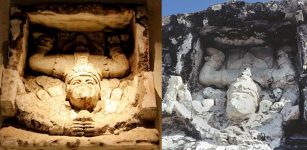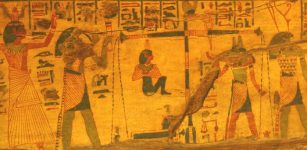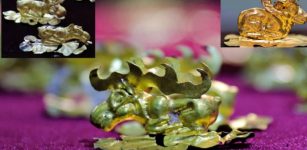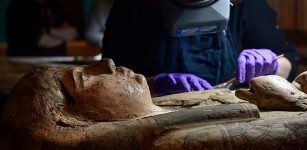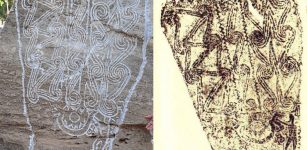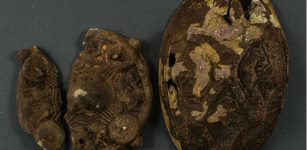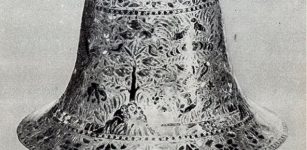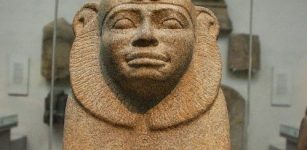3,000-Year-Old Egyptian Artificial Wooden Toe In New Light
AncientPages.com - Ancient Egyptians were familiar with prosthetic foot technology and produced functioning toe prostheses for amputated limbs and many of these impressive achievements thousands of years ago.
Scientists have re-examined a big 3,000-year-old artificial toe made of wood. It was discovered in a female burial from the necropolis of Sheikh ´Abd el-Qurna close to Luxor. This toe is one of the oldest prosthetic devices in human history.
Using modern microscopy, X-ray technology, and computer tomography, an international team of experts from the University of Basel, the Egyptian Museum in Cairo and University of Zurich has now studied the remarkable wooden toe.
Toe prosthesis of a female burial from the Theban tomb TT95, early first millennium BC. Egyptian Museum Cairo, JE100016a. Credit: University of Basel, LHTT. Image: Matjaž Kacicnik
Their study showed that the toe was refitted several times to the foot of its owner, a priest's daughter. The prosthesis from the Early Iron Age was found in a plundered shaft tomb that was cut into the bedrock of an older, long time idle burial chapel at the graveyard hill of Sheikh ´Abd el-Qurna to the west of Luxor. This chapel belongs to a group of monumental rock-cut tombs from the late 15th century BC which were built for a small upper class that was close to the royal family.
Researchers were also able to determine what material and method ancient Egyptians used to produce this highly advanced t prosthesis.
See also:
Ancient Egyptian Blue Powder Makes Fingerprints Glow And Will Be Used By Crime Scene Investigators
4,000-Year-Old Funerary Garden Found In Luxor, Egypt
According to experts, technical know-how can be seen particularly well in the mobility of the prosthetic extension and the robust structure of the belt strap. The fact that the prosthesis was made in such a laborious and meticulous manner indicates that the owner valued a natural look, aesthetics and wearing comfort and that she was able to count on highly qualified specialists to provide this.
Physicians in the Kingdom of the Pharaohs also performed other surgical procedures that were successful.
In 1996, an ancient nine-inch metal screw found in the 2600-year-old mummy of an Egyptian priest Usermontu’s leg. The discovery became a worldwide sensation.
AncientPages.com
Expand for references


